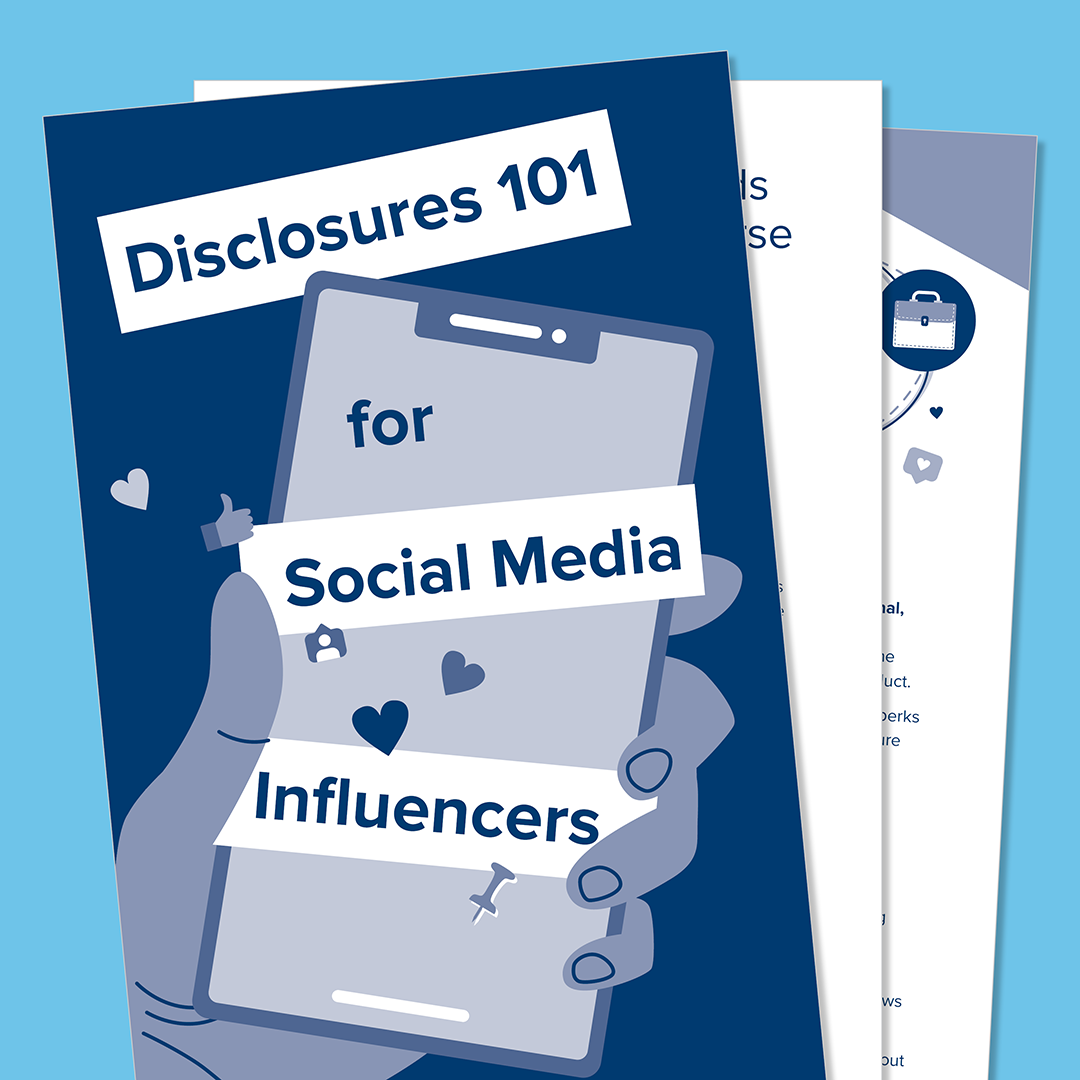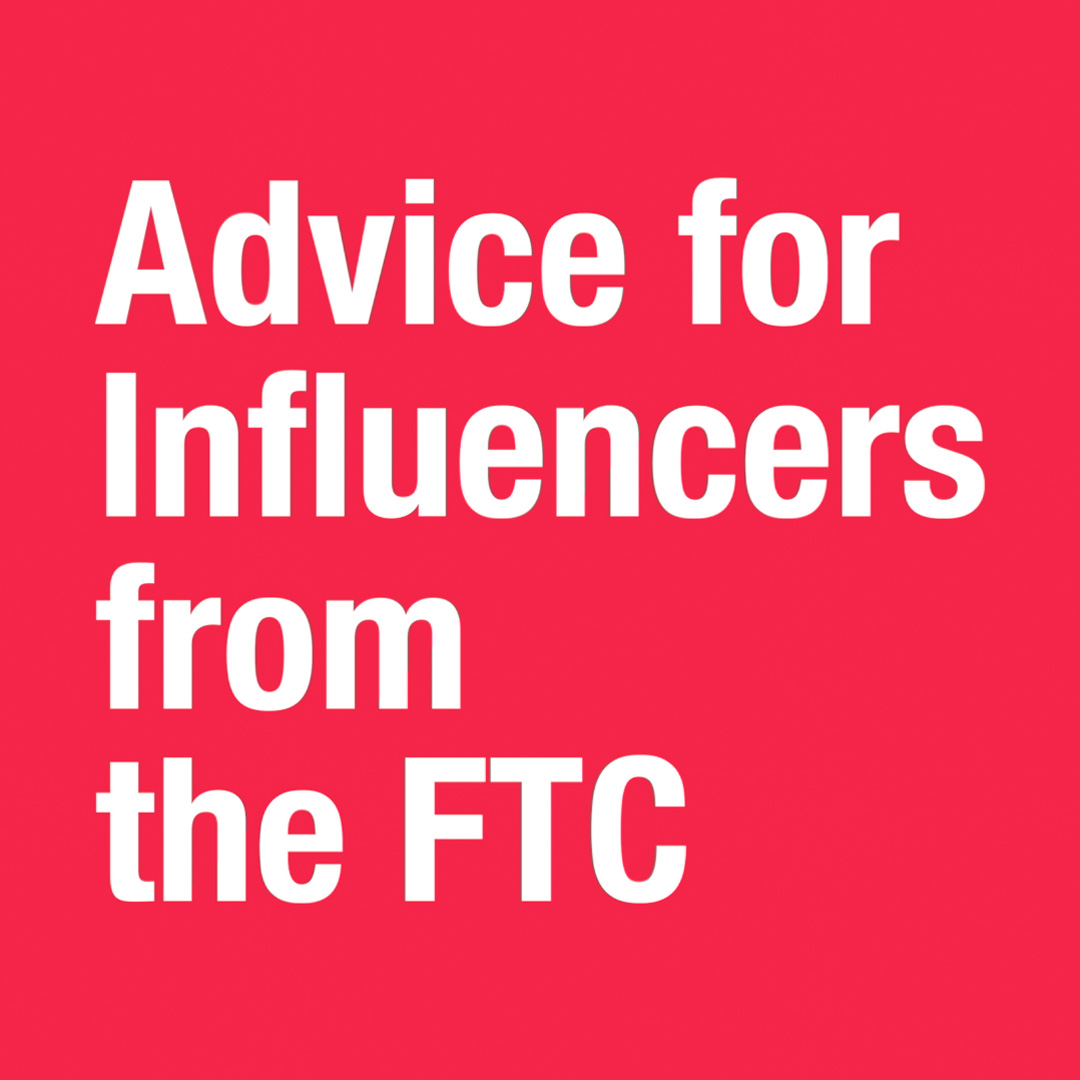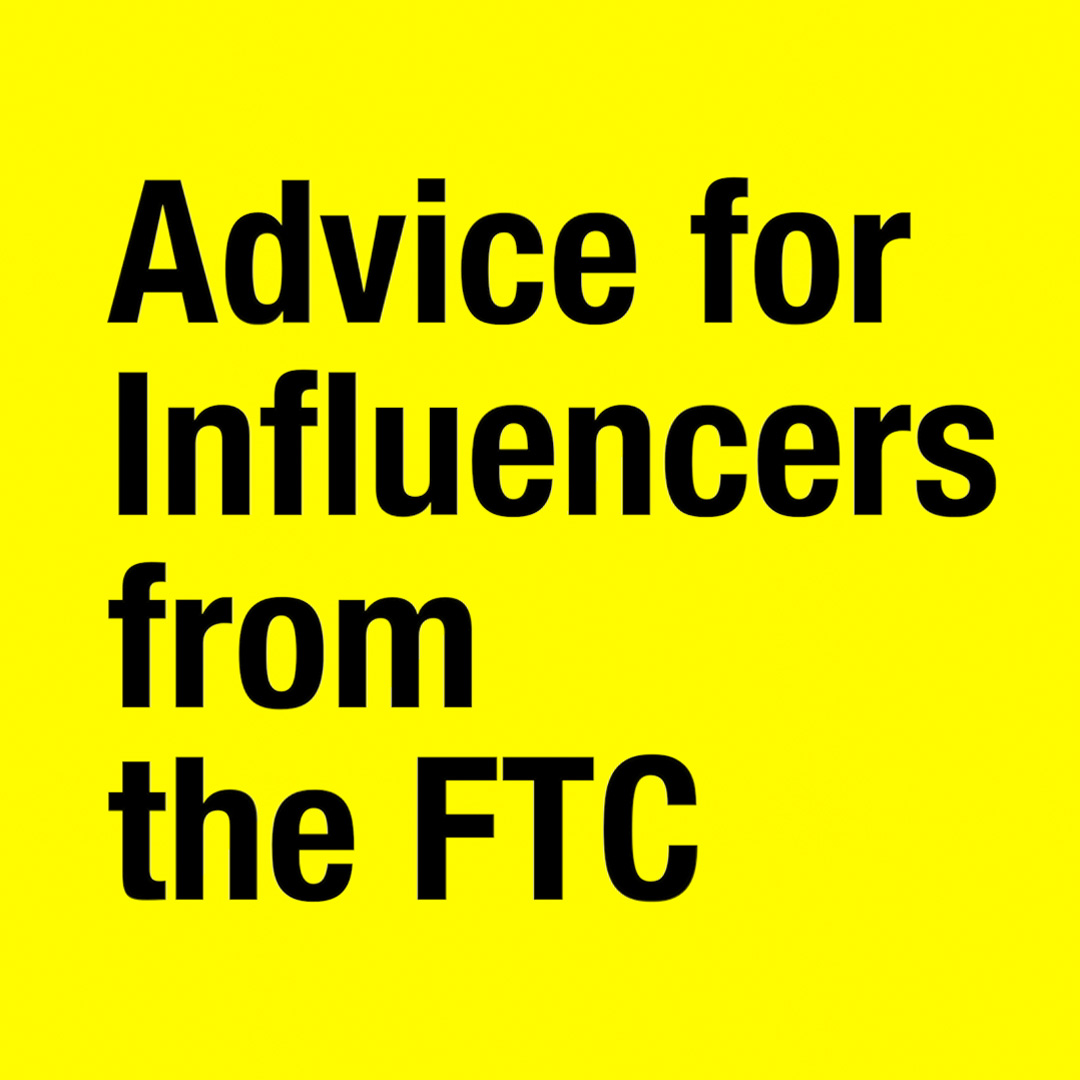HOW TO START AFFILIATED MARKETING
How do I start affiliate marketing as a beginner?
- Decide on a niche.
- Choose your platform.
- Find relevant affiliate marketing programs.
- Create valuable content.
- Build an audience.
- Follow FTC regulations.
What is a niche market?
A niche market is a focused set of people or businesses who are in the market to purchase a product or service you sell. This group of individuals has a specific set of needs that can be met by a targeted product or service that addresses those needs.
Niche marketing is a byproduct of specialization. When a company offers a specific set of products and services rather than selling a wide variety of offerings, they benefit by saving money, becoming more productive, and providing a comparative advantage that can be marketed to a niche set of customers.
Companies benefit from putting a stake in the ground and one way to see that benefit in action is through sales and marketing. Selling to a niche market is a way to stand out from competitors, and it helps your brand establish positive recognition within the market. Your business can become an authority in your industry for that niche audience — ultimately attracting more customers to your product or service.
Benefits of a Niche Market
Whether you’re starting a new business or scaling an existing one, niche marketing is an effective way to establish your brand’s positioning. By focusing on a small audience, your business will be able to stretch its resources further and bring in customers who are closely aligned with your offerings. Those are the people who need your product most and are therefore most likely to convert and remain loyal customers.
Let’s say your business sells printers and scanners. A niche market approach would entail identifying and reaching out to your business' target accounts — through market research, these are the people you've determined would benefit most from your product (and therefore, would be most likely to convert).
To further improve chances of conversion and customer loyalty, you may get even more granular and specifically reach out to the departments within those target businesses who would benefit most from your printers and scanners, such as marketing or admin.These are the people who understand the benefits of your product and the challenges it resolves.
Starting small is how you establish yourself in your market. Then, as your business scales, it's natural for your niche market to grow. In fact, Harvard Business Review says large markets can evolve from niche ones. By aligning your products or services perfectly with a small group of current and potential customers, you encourage word of mouth and positive reviews which can carry your business into a larger, potentially more profitable market.
Now that we have a better idea of what a niche market is and the benefits of having one, let's take a look at the steps to finding one.
How to Find a Niche Market
- Reflect on your passions and interests.
- Identify customers' problems and needs.
- Research the competition.
- Define your niche and its profitability.
- Test your product or service.
1. Reflect on your passions and interests.
Is there a hobby or skill you're particularly passionate about or good at? Take some time to reflect on those areas of interest as potential niche market ideas. Below are a few questions to spark your brainstorming:
- What skills come naturally to you?
- How do you enjoy spending your free time?
- Do friends, family, and colleagues ask for your advice on a specific topic?
- How do you approach problem-solving?
- What topics do you enjoy learning about?
Write down your answers to these questions and begin a list of ideas to consider for your business's niche market.
2. Identify customers' problems and needs.
Now that you have some business ideas, think of the problems faced by your target market and how your passion or interest can become a product or service that meets their needs. What's their motive to buy?
Research your potential customers to determine their buying behaviors and the challenges they face. There are a variety of tools (including free ones) you can use as you explore your customer persona. This will give you a better idea of how your business can provide value to your niche market.
3. Research the competition.
Before devoting your time and energy to developing a brand new business, you'll want to research your potential competitors. You might have a viable product idea, but how many other businesses will you be competing with?
Below are a few websites that can help you with your competitive research.
Use these tools to explore the best-selling products consumers are researching and see if your new business can meet their needs.
4. Define your niche and its profitability.
If you're dedicating your resources and time to a new business, it should have the ability to become profitable. Here are a few factors to consider when finalizing the niche you'll be catering to:
- Customer demographics
- Customer values and interests
- Customer location
- Product quality
- Price
Your idea could be profitable if you research the market and discover similar products but not many companies selling them. Take a look at the price points of your competitors' products so you can price your own competitively. Resources like Amazon (for products), G2 (for software), agency directories (for services), and PRICEFY.IO (for price monitoring) are helpful in the process of evaluating your competitors' pricing, and determining prices for your own products and services.
5. Test your product or service.
Create a simple website or landing page for your business so customers can find you. Offer a trial period of the product or give out free samples to your target customers. This initial test period should not cost a large amount of money, but you can certainly use paid ads to drive traffic to your website.
See if people want to put money towards your product with crowdfunding sites. Not only can you gain funding but you'll also get your product in front of potential customers.
If the test is not as successful as you hoped it would be, don't scrap your idea entirely. Go back to the drawing board to find key areas where your product or marketing could be improved.
Still not sure what a niche business looks like in practice? Below are a few examples of businesses that cater to niche markets.
Tips for Choosing the Right Social Media Platform for Your Business
With close to 200 social media platforms to choose from, and some sources saying you need to know more than 75 of them in 2020,1 how do you know which ones are right for your business? Where do you even begin?
Below are six tips for picking the best channels for your business, whether you’re just getting started or you’re looking to expand your existing presence. The important thing to remember is when you’ve selected the channels you want to pursue, pick one and get it up and running successfully before you open another one. If you try to launch multiple channels at once, your chances of success diminish. A lot.
Start with your audience
Audience is absolutely the most important factor when choosing a social media platform. Nothing else really matters, not even size, if your audience isn’t active on the channel. Facebook, for example, has more active users than any other network, but if your audience hangs out on Snapchat, that’s where you need to be.
That said, Internet users have an average of eight social media accounts, so you should definitely consider other factors when determining where you want to have a presence.
Consider your company
Your products and services, your brand personality, your business type…they should all influence your channel selection. Highly visual brands, like graphic designers and artists, should explore DeviantArt, Dayflash, and Instagram, among others, while large B2B enterprises should definitely have LinkedIn at the top of their list.
But channel choices aren’t black and white either. Many large corporations have a visually stunning brand presence that shows well on Instagram, like Apple. Similarly, creative operations are still businesses, and they can benefit from what LinkedIn has to offer. Some channels have broad appeal, like Instagram, while others are more niche, like DeviantArt. You just need to weigh what makes sense for your business and understand that what your company does impacts the options available to you.
Research your competitors and others in your industry
One of the first steps I take when developing a social media strategy for a client is to conduct a competitive analysis. Among the many insights such an analysis provides are:
- What platforms they’re using
- What’s working/not working
- How engaged the audience is on each channel
While you shouldn’t do something just because a competitor is, it’s useful to see what others in your space are doing, so you’re making an informed decision.
Align with your overall social media marketing goals
The reasons you’re on social media in the first place will also impact your decision. If you want to share content and engage with your followers, there are several networks that will work depending on the type of content you share. However, if customer support is a top goal for you, Twitter and Facebook should be on your consideration list before Instagram.
Understand the different platforms and their uses
Each social media platform has its own personality and ways of communicating. Twitter is great for conversations and trending topics, while LinkedIn is good for sharing professional expertise and company information. Snapchat was the first to introduce disappearing posts, but Instagram Stories are equally ephemeral.
Spend some time understanding the channels you’re considering and make sure you know the communication protocol. This will not only help you pick the best platform(s) for your company, but it will also help you avoid communication faux pas.
Keep in mind your available resources
As I noted in my post on how much time it takes to manage social media, social media is a commitment. You need to tend it, nurture it, give to it what you’d like to see come back to you. If you only have one person who can devote five hours per week to social media, you’ll want to limit your channels to one or two. If you have a full-time person, you can have several channels.
Just remember, social media will greedily soak up all the time you have and still make you feel like you’re not putting enough energy into it, so before you open a new channel, ask yourself if you have the resources necessary to be successful.
Bonus tip: Once you’re on more than one social media platform, make sure to tailor your content to the communication behavior and audience expectations for each channel. Don’t publish the same message across all your channels.
Affiliate Programs in India That You Should Join Today
We have listed the top 15 affiliate programs in India that you should join today to see your affiliate income skyrocket.
Reseller Club is one of the largest reseller hosting companies in India. As a reseller affiliate, you can easily make a minimum of Rs. 2,000 or a maximum of Rs. 8,000 per referral. Once you sign-up as an affiliate, you can manage your account and track your performance with a unique affiliate ID.
The tracking cookie is rewarded on a last-click basis and is valid for 60 days. Reseller club also offers multiple payout options, which are via PayPal or Bank Transfer. The minimum payout balance is Rs 50.
Flipkart is among the largest e-commerce players in India. Flipkart’s referral payout differs for desktop/mobile websites and mobile apps. The average commission offered ranges from 6% to 20%, depending on the category.
Flipkart also offers a range of affiliate tools like banners, widgets, and APIs for listing Flipkart deals/products on your own site/app. You can track the performance of referral links and conversions with real-time reports offered by Flipkart.
Amazon is the largest e-commerce brand in the world. You sign-up for Amazon’s affiliate marketing program using your existing Amazon account. After signing up for the program, you can use the Sitestripe to add links to your website easily.
Amazon also allows you to build customized links text links, text and image links, and image-only links to any product of your choice. The commission offered ranges from 0.2% to 10% depending on the category of the product. Amazon’s affiliate program offers you commission for other products that the user buys after clicking on your affiliate link. For instance, if you are promoting an oven and the user clicks on the link but navigates and buys an induction stove, you still get commissions considering you are sending traffic to Amazon.
4. vCommission
vCommission is among India’s oldest affiliate networks with over 18,000+ affiliates. vCommisson works with leading e-commerce companies like Agoda, Myntra, AliExpress, and SnapDeal. The platform has over 14,000 publishers, which makes it the largest affiliate network in India.
The minimum payment threshold on the platform is Rs 5,000/ $100, and the platform pays publishers on a 30-day cycle. To be eligible for the lead program from vCommission, your site needs to contain only English language content.
BigRock is India’s leading domain registration and web hosting company. The affiliate program uses tracking to track and award sales made on the affiliate URL. The tracking cookie from BigRock is valid for 60 days.
Besides domain registration and web hosting, BigRock also offers add-on services like email hosting, website builder, and digital certificates. The standard commission starts at Rs 30 and can go up to 30% of each sale, depending on the product offered. Alternately, you can also sign-up for the Bluehost affiliate program (which is part of the same group)
6. DGM India
DGM is India’s leading digital ad network. You can join as an affiliate publisher and select the campaigns you want to partner with to start earning money. The commission you earn varies from campaign to campaign.
Some advertisers offer you a percentage of sales, whereas others will provide you with fixed fees. Bonus and incentives are also provided for affiliates who exceed expectations.
Yatra is among India’s online travel companies. The sign-up process is pretty seamless, and you can start immediately after signing up. Yatra tracks your affiliate link for a 30-day duration and commission paid upon bookings.
8. Admitad
Admitad is a global affiliate network that connects thousands of brands and publishers around the globe. Admitad works with leading brands like Samsung, Tata Cliq, and Booking.com in India. Admitad even allows publishers to monetize their communities’ social media, YouTube channels, messengers, email newsletters, and other traffic sources.
Admitad offers a variety of business models to publishers to monetize their content, including contextual advertising, coupon, and promo codes, banner advertising, and more. The platform provides a variety of means to withdraw your money, including bank cards, Payoneer, and PayPal.
Hostgator is a global provider of web hosting and related services. Hostgator offers a flexible tiered payout, which increases your odds of earning more commission with each sale. The payout for qualified sales is made every 2 months + 10 days after the month the sale has occurred.
10. Optimise
Optimise is one of the leading global performance-marketing networks delivering over $1 billion in sales to its clients. Optimise works with leading brands like PayTM, Samsung, Amazon, and Agoda.
If your website gets substantial traffic outside of India, Optimise affiliate network will certainly help you to broaden your reach.
11. Cuelinks
Cuelinks makes the process of monetization simpler by javascript that automatically inserts affiliate links in your content. Let’s say, for instance; you wrote an article on Philips microwave oven. Cuelinks will automatically add an affiliate link to the relevant keyword.
If you use WordPress then Cuelinks offers a free WordPress plugin that makes the process even simpler.
12. CJ Affiliate
Cj Affiliate is among the world’s leading affiliate networks with 14 offices worldwide. Cj has partnerships with leading brands like Go Pro, Barnes & Noble, Office Depot, to mention a few.
Cj offers publishers to maximize the value of affiliate partnerships. Cj is also cookie less tracking to ensure uninterrupted tracking and commissioning even in the absence of a CJ cookie, across all devices and environments.
Rakuten Marketing is a leading affiliate marketing service provider. Rakuten is the largest pay-for-performance affiliate marketing network. For publishers signing up, Rakuten offers educational tools and training that jump-start your commissions.
Rakuten allows you to monetize your content using Links text, Banners including rotating banners, Search boxes, Customized deep linking, and Flex links. The platform provides weekly payments on meeting the minimum threshold set.
14. Sovrn Commerce
Sovrn Commerce (Erstwhile Vigilink) converts your normal outgoing links into affiliate links, and if users make a purchase, you earn a referral commission from it. You don’t have to sign up for an individual affiliate account on all networks.
VigLink keeps 25% of the commission on earning while you can pocket 75%, which is not bad considering you are monetizing non-monetized links previously.
Shopify is an all in one e-commerce platform that allows businesses to sell online. The Shopify program is free to join and will enable you to monetize your audience and earn commissions from each new Shopify merchant referral. As an affiliate, you can make an average of $58 for each user who signs up for a paid plan with your unique affiliate link, and $2000 for each Shopify Plus referral.
Start Monetizing
Now that you know the leading affiliate programs in India, it is time to decide which one suits your content best. Make sure that the affiliate program you choose has brands with relevant products or services that your readers will be interested in buying.
Once you sign up for the affiliate program, make use of the provided services and make sure to include the affiliate links in your blog contextually so that you can start earning a good commission.
- Target Your Audience's Needs. The first step to creating an effective content marketing strategy is being clear on your audience's challenges. ...
- Be Authentic. It's no secret that people want honest and practical content. ...
- Stay Consistent. ...
- Integrate. ...
- Test and Retest.
Here are five essential elements of producing, delivering, and promoting valuable content:
- Target Your Audience’s Needs. The first step to creating an effective content marketing strategy is being clear on your audience’s challenges. What unique insights, tips, and data can your organization provide to solve their problems? Also, what channels are most effective in reaching that group? Segmenting content, as well as its distribution channels (blogs, social media, newsletters), by audience group allows you the opportunity to truly optimize performance by closely monitoring engagement and revising the strategy if needed.
- Be Authentic. It’s no secret that people want honest and practical content. While your end goal is promoting your organization’s thought leadership, you risk credibility if you’re serving up content that isn’t reliably independent. Similarly, it must remain true to your association’s voice. Authentic storytelling can be the best way to grab and keep your audience’s attention.
- Stay Consistent. A content strategy requires a true commitment. While it needs to be authentic, it also needs to serve as a regular touchpoint that reinforces your organization’s unique value proposition. According to Forrester, creating a consistent experience across all of your brand touchpoints is a significant driver of trust. And once you’ve started to implement your strategy, delivering consistent content is essential to staying top-of-mind and reinforcing your brand and industry position.
- Integrate. It’s not enough to write a blog post, put it online, and hope that someone stumbles upon it. Integration is key. Your original content—including blog posts, white papers, and webinars—can live on and have a greater impact if incorporated into various distribution channels. For example, break down a white paper into shorter blog posts and turn its data points into an infographic. Get the most out of your content, but ensure it is reaching its target audience.
- Test and Retest. The beauty of digital media is the ability to have on-demand access to data. You can closely monitor the kind of content and stories driving traffic and engagement. In the business-to-business world, email still remains the most commonly used tool for distribution. As we’ve seen in our ongoing research, the average professional relies on email for their most important, need-to-know news and information. According to the Content Marketing Institute’s 2017 benchmark and trends report, 93 percent of marketers will also continue to use email as the most important vehicle for their content. Email, social media, and other digital channels provide an immediate way to test engagement and help you quickly revise your strategy.
Associations that take time to strategize on the right match of content and distribution are better able to reach audiences in an engaging manner. Understand your audience and how they prefer to consume information, then tailor your goals and strategies to make the most of the resources you put toward your marketing efforts. Also, leverage your marketing partners for their insights, help, and distribution to ensure your content is both valued and trusted.
- You Can't Please Everyone. ...
- Understand Your Target Audience. ...
- Create a Story. ...
- Create a Content Schedule. ...
- Be True to Your Trade. ...
- Incorporate More Video Content. ...
- Use the Power of Subscriptions. ...
- Don't Forget About Social Media.
How do you build up an audience online? That’s a question millions of people ask themselves everyday. And although each situation is different, there are several key components that ring true for everyone. So, what can you do to build an audience?
That depends on several factors, including your own approach to engaging potential consumers.
Today, I’ll dive into how to build an audience for your brand. By putting in a bit of effort, you have potential to vastly improve an online presence.
What Will Affect an Audience
Before I jump into the best ways to build an audience, you need to consider a few important elements. After all, each online persona is different. What works for one may not work the same for another.
Here are a few things that will directly affect the type of audience you engage.
- Industry
The industry of your brand or business will have an impact in the type of consumer you engage. Some are more profound than others, and a heavily populated industry is often difficult to break into. - Trends
Never underestimate the power of trends. Things and events that are popular today may not be so tomorrow. This means strategies need to constantly evolve to accommodate the audience. - Technology
Like trends, technology also evolves rather quickly. The newest social app or smart-enabled device is just around the corner. Those who don’t capitalize on these things are often left behind by the competition. - You
The efforts you put into engaging the audience is perhaps the most important aspect of success. Without a strong strategy, engagement or marketing plan, your competition will surely benefit.
Of course there is more that will affect your ability to engage an audience. However, these are several things that will play the biggest role.
12 Tips to Build an Audience
Now, let’s get into some of the best ways regarding how to build an online audience. While I cannot guarantee your success, I can attest to how these methods will greatly improve your chances.
1. You Can’t Please Everyone

One of my favorite sayings is, “You can’t please 100% of the people 100% of the time.” Your target audience is not the same as trying to drive general traffic to your website. Not everyone is going to want to absorb your content.
Too many people often fail by trying to be too diverse. They often strive to engage everyone and will bend over backwards to try to make everyone happy.
This is a false ideal. Not everyone is going to be your customer regardless of how hard you try.
You want to focus more on those who already have potential to be a consumer. It’ll help drive creating viral content that will increase your exposure.
2. Understand Your Target Audience

You need to have some idea of what your target consumer is looking for. This often depends on age ranges, personality traits and more. Who you want to be your customer will drive every strategy you build.
For instance, you don’t see AARP marketing to millennials…yet.
Using tools such as Google Analytics can help narrow your audience. Not only are some of the demographics recorded of your visitors, but the most important content on your site is also metric to consider.
Apps like Google Trends and using prominent keywords in your industry can clue you in to what people want and how they are engaging online.
Watch social media and what your audience is searching, interacting and mentioning. Join groups, discussions and forums to observe concerns of the market.
It’s all about knowing what your audience wants and giving it to them.
3. Create a Story

One of the best ways to engage an audience is through storytelling. It goes along the lines with being entertaining. I’m not saying you need to hire a comedian to connect with the audience. But you do need to engage them through a specific plot.
For example, create a story for your product or brand with a:
Beginning
Address a problem your product or service can solve.
Middle
Detail how you can help solve the problem by showing your goods in action.
End
Show the end result and how your brand can make someone’s life better.
This is a common practice that’s been around for ages. In fact as I write this, I am reminded of the countless infomercials I saw prior to the days of the Internet. Although many were corny, most were exceptionally effective.
4. Create a Content Schedule

Most audiences love the idea of having content on a timely and routine schedule. It’s why television and radio stations have time slots. And this sense of reliability is apparent online.
Part of developing a good content schedule is having a strategy behind your drive. In reality, you are 429% more likely to be successful if you set and meet goals for your content.
The hardest part is discovering when your target audience is the most active. However, there are plenty of tools to help you gauge this. Some platforms even come with their own form of analytic software.
This is about structure and being viewed as a reliable brand. And straying from a schedule can cause upheaval within the community you’re trying to create.
5. Be True to Your Trade

The content you create to build an audience for your website should always revolve around your primary industry. If you sell computer parts, don’t dive into political discussions. If you sell gardening supplies, don’t blog about boating.
Your audience is focused on a specific niche category, and you don’t want to stray from it. Otherwise, you could lose some of the audience you’ve already collected.
The target audience are those individuals who are most likely to buy products or services. Don’t try to over-reach by engaging other types of consumers.
You may inadvertently reduce your capacity to meet the demands of those you want to follow the brand.
Here’s an extreme example: when’s the last time you saw a liquor store sell toddler toys? Outside of a general store such as Target, the odds are slim that you will.
6. Incorporate More Video Content

People love video content on the Internet. In fact, about 70% of marketers state how video generates more conversions than any other type of material.
The impact of online video is fairly obvious. It’s what drives Instagram, Facebook, Snapchat and YouTube to continue developing those aspects. And because many of these offer embedding abilities, you can easily add video to websites as well as email.
Creating videos for various platforms engages users, it’s as simple as that. In some ways it’s better as you’re connecting with people who may be interested in the brand but don’t often read text or prefer online video content.
The best part is that it doesn’t cost a lot of money to get started. With a good production strategy, the investment is often easily worth the outcome.
7. Use the Power of Subscriptions

Subscriptions keep the target audience connected with the brand. Things like newsletters and push notifications keep people apprised of new content as well as messages relevant to the brand.
Since a lot of these are automated, you don’t have to do much aside from adding them to your website. For example, you can get started right away for free if you use something like WordPress and OneSignal.
Using some of the best email services around can easily help cultivate and keep an audience engaged.
What I’m getting at here is subscriptions like these work to keep your target audience engaged and coming back for more. This is especially true if you offer something like coupons or discount codes specifically through these subscription systems.
It’s much easier to keep selling to someone who is an ardent fan of the brand than to find new customers.
8. Don’t Forget About Social Media

Social media plays a prolific part in everyday life for millions of consumers. Bear in mind that 3.196 million people use social sites such as Facebook and Twitter. That’s nearly half of the population of the planet.
It only makes sense that you want to engage those users.
It’s to the point where many companies use social sites as part of their customer service strategy. This means complaining about a broken device is about as effective on Twitter as it is through a phone call to the company.
Interacting with fans and followers on a regular basis will keep them engaged with the brand. They often feel as though their opinions matter and are part of the experience rather than “just a fan.”
9. Develop the Brand’s Identity

A brand needs to have a form of identity that is accommodating to the target audience. If you want to engage a younger audience, it takes more energy and a playful quality to the business.
Let’s take AARP again. You don’t see this brand marketing to the older audience with teen heart-throbs. The purpose of AARP’s content is to make older audiences feel comfortable.
The tone of the business needs to match the tone of the audience. It’s the like-mindedness that draws in consumers.
In a way, the brand needs to feel more like a good friend than just some faceless corporation.
Just remember to stay true to your brand’s niche, as I stated earlier.
10. Make Use of All Content Channels

Video isn’t the only type of content to build an audience. You need to exploit as many channels as possible if you want to reach more of a consumer-base. This often includes starting a blog of your own, if you haven’t already.
While it’s true that more people would rather watch content over reading it, don’t alienate the readers.
One effective strategy for many is to convert blog posts or website articles into video content. This way, you engage both types of audience with the same engaging content.
Then, promote that content on social media through posts using systems like SproutSocial or Hootsuite. This way, you can engage as many of your target audience as possible while spending less time updating social profiles.
11. Analyze the Competition

There’s nothing wrong with keeping your eye on the competition. In fact, you can safely assume they are watching you as well.
You don’t want to directly copy what someone else is producing. However, you do want to emulate and improve upon their successful ideas.
Unfortunately, the competition isn’t going to be forthcoming with their plans. So it will take a bit of reconnaissance to uncover successful campaigns. Luckily, the Internet is full of tools for this specific purpose.
Some people will say, “Don’t reinvent the wheel.” I don’t think this statement is accurate, though.
You’re not reinventing the wheel; you’re improving it. After all, people have been improving products for years.
And quite successfully, I might add.
Ask yourself, “What can I do to improve this?” Answer that question, and you can build up an audience rather quickly.
12. Create Stellar Content

Perhaps one of the best ways to build an audience is to make sure you’re creating amazing content. Whether you’re writing blog posts or creating YouTube videos, your audience needs to absorb some kind of quality material.
It’s all about creating content relevant to the brand and giving the audience information they want and need. The material should leave the viewer or reader fulfilled in some fashion.
This is one of the reasons why how-to and tutorial articles perform so well on the Internet. Many people inherently want to learn. Usually it’s the do-it-yourself people who simply want to save money.
If you create an easy-to-follow guide, the audience will flock to it and may even share it on social media.
In reality, you have a number of ways to create viral content among your target audience. It often just takes a bit of imagination and fulfilling a need of your fans.
Whether it’s to empower mentally or financially, your content needs to drive the audience to become fans.
It Takes Effort to Engage Them
Don’t assume you can produce one or two pages of content per month and expect consumers to come in droves. With the sheer amount of competition on the Internet, it takes a lot of effort to really become a success.
Find the best audience-building methods for your situation and run with them. You won’t come across a winning strategy unless you try.
The FTC works to stop deceptive ads, and its Endorsement Guides go into detail about how advertisers and endorsers can stay on the right side of the law.
If you endorse a product through social media, your endorsement message should make it obvious when you have a relationship (“material connection”) with the brand. A “material connection” to the brand includes a personal, family, or employment relationship or a financial relationship – such as the brand paying you or giving you free or discounted products or services.
Telling your followers about these kinds of relationships is important because it helps keep your recommendations honest and truthful, and it allows people to weigh the value of your endorsements.
As an influencer, it’s your responsibility to make these disclosures, to be familiar with the Endorsement Guides, and to comply with laws against deceptive ads. Don’t rely on others to do it for you.
Download the Guide and Share these Videos
When to Disclose
- Disclose when you have any financial, employment, personal, or family relationship with a brand.
Financial relationships aren’t limited to money. Disclose the relationship if you got anything of value to mention a product.
If a brand gives you free or discounted products or other perks and then you mention one of its products, make a disclosure even if you weren’t asked to mention that product.
Don’t assume your followers already know about your brand relationships.
Make disclosures even if you think your evaluations are unbiased.
- Keep in mind that tags, likes, pins, and similar ways of showing you like a brand or product are endorsements.
- If posting from abroad, U.S. law applies if it’s reasonably foreseeable that the post will affect U.S. consumers. Foreign laws might also apply.
- If you have no brand relationship and are just telling people about a product you bought and happen to like, you don’t need to declare that you don’t have a brand relationship.
How to Disclose
Make sure people will see and understand the disclosure.
- Place it so it’s hard to miss.
The disclosure should be placed with the endorsement message itself.
Disclosures are likely to be missed if they appear only on an ABOUT ME or profile page, at the end of posts or videos, or anywhere that requires a person to click MORE.
Don’t mix your disclosure into a group of hashtags or links.
If your endorsement is in a picture on a platform like Snapchat and Instagram Stories, superimpose the disclosure over the picture and make sure viewers have enough time to notice and read it.
If making an endorsement in a video, the disclosure should be in the video and not just in the description uploaded with the video. Viewers are more likely to notice disclosures made in both audio and video. Some viewers may watch without sound and others may not notice superimposed words.
If making an endorsement in a live stream, the disclosure should be repeated periodically so viewers who only see part of the stream will get the disclosure.
- Use simple and clear language.
Simple explanations like “Thanks to Acme brand for the free product” are often enough if placed in a way that is hard to miss.
So are terms like “advertisement,” “ad,” and “sponsored.”
On a space-limited platform like Twitter, the terms “AcmePartner” or “Acme Ambassador” (where Acme is the brand name) are also options.
It’s fine (but not necessary) to include a hashtag with the disclosure, such as #ad or #sponsored.
Don’t use vague or confusing terms like “sp,” “spon,” or “collab,” or stand-alone terms like “thanks” or “ambassador,” and stay away from other abbreviations and shorthand when possible.
- The disclosure should be in the same language as the endorsement itself.
- Don’t assume that a platform’s disclosure tool is good enough, but consider using it in addition to your own, good disclosure.
What Else to Know
- You can’t talk about your experience with a product you haven’t tried.
- If you’re paid to talk about a product and thought it was terrible, you can’t say it’s terrific.
- You can’t make up claims about a product that would require proof the advertiser doesn’t have – such as scientific proof that a product can treat a health condition.
For More Information
Have more questions? The FTC’s Endorsement Guides: What People Are Asking is an FTC staff publication that answers many questions about the use of endorsements, including in social media, with many helpful examples.





Comments
Post a Comment